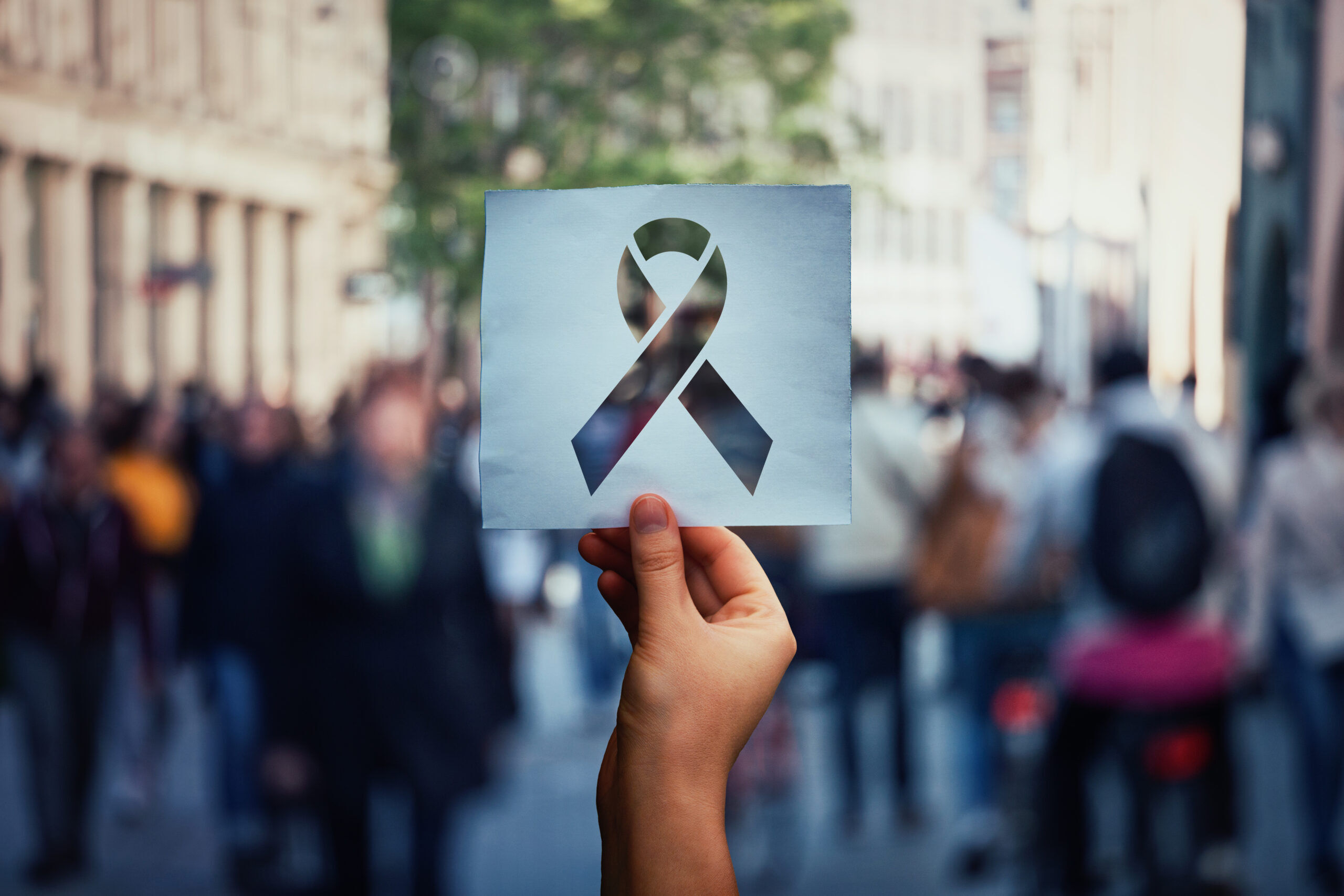For the first time in a decade, the number of new HIV diagnoses in the U.K. is higher in heterosexual people than in gay and bisexual men, reports The Independent.
According to the U.K. Health Security Agency (HSA), 50% of new HIV diagnoses in 2021 were in heterosexual individuals, compared to 45% in gay and bisexual men. Heterosexual people were also more likely to get diagnosed later in life, meaning their immune systems had already suffered more damage.
HIV testing fell among all people during the pandemic, but far more for heterosexual people than for gay and bisexual men. Heterosexual people have been getting tested 33% less throughout the pandemic, while gay and bisexual men have been getting tested only 7% less.
NEW: The number of new HIV diagnoses in heterosexual people is higher than in gay and bisexual men for the first time in a decade.
Straight people are also far more likely to be diagnosed late and less likely to get tested #HIVTestingWeek ☝️https://t.co/CdZpXddq8X
— Terrence Higgins Trust (@THTorguk) February 7, 2022
HIV is still more prevalent among gay and bisexual men relative to population size, but new diagnoses are becoming less and less common thanks to education and preventative measures like PReP.
Beyond healthcare, these new statistics have wide-reaching cultural implications. Equivalent data has not been recently released for the U.S., but such a trend existing anywhere has led many Americans to wonder why homophobic stigmas around HIV still exist.
For example, any man who’s had sex with another man in the last three months is still restricted from donating blood in the U.S. Theoretically, this is because gay and bisexual men are more likely to have HIV. But with new diagnoses being more common in straight people, this harmful stereotype only becomes more and more illogical.
Y’all gonna restrict them from giving blood or…? https://t.co/g89XepN6TG
— Chrisjen Avasarala (@VizyLawrence) February 8, 2022
This new data points to why stereotypes around HIV need to be broken: queer men deserve to be treated equally to straight people, while straight people need to recognize that HIV diagnoses are not exclusive to queer communities and get tested to protect their own health.
Don't forget to share:
Help make sure LGBTQ+ stories are being told...
We can't rely on mainstream media to tell our stories. That's why we don't lock our articles behind a paywall. Will you support our mission with a contribution today?
Cancel anytime · Proudly LGBTQ+ owned and operated
Read More in Impact
The Latest on INTO
Subscribe to get a twice-weekly dose of queer news, updates, and insights from the INTO team.
in Your Inbox













